Ever wondered about making an anti-theft device with a camera trigger system? Or perhaps you want to make a device for your chocolate thief little brother which would just take picture when and if he takes the chocolate away...
To be clear, this post is all about controlling a smartphone camera via Arduino wirelessly. I'm just providing you the process to control the camera using Arduino. What you'll build using it is all up to you. The sky is the limit, right? Let's hop in guys.
Step 1: Parts You'll Need
- Arduino (Any development board you'd prefer)
- Selfie stick remote
- Any transistor // I've used BC547 NPN transistor
Step 2: Principle
Well the selfie stick remote controls phone camera using Bluetooth technology when a button is pressed. What we will do today is to trigger the switch anyway using Arduino.
So, we'll be using our transistor as what it was actually made to do- using it as a switch. we'll connect the BASE pin of a transistor to Arduino. And the emitter and collector will be attached to two points of the button of the remote.r
The working process:
Arduino will make The base pin HIGH so the the Collector & Emitter of Transistor will get connected and thus the button will get pressed virtually using arduino. Got it? lets proceed.
Step 3: Open the Cover and Take Out the Remote's PCB
Carefully open the cover of the remote.
Remember which switch for which platform, there's two switches one for Android Phones, one for IOS. You would use the button / switch as your phones OS is.
Step 4: Build the Remote Circuit
As I've mentioned earlier connect any transistors (my case BC547 NPN) emitter and collector to the buttons two end and the base to Arduino. Don't forget to connect the ground pin of remote with Arduino.
NOTE: I've powered the remote with its own battery. It's powered using a 3V button cell, as Arduino has 3.3V not 3V, so I didnt take the risk. That's why we need to common the ground pin.
Step 5: Application???
Man, you are done making this. This part is just two demonstrate how this can be used. So I've made an infrared proximity detector and motion camera trigger system. Remember: I've connected the output pin of proximity sensor to analog input 'A0' so that I get a high range and guess what? It worked for even 9 to 11 inches!
Code download: Camera Control by Arduino
Or copy from below:
/* Control any cell phone camera with Arduino Wirelessly******
By Ashraf Minhaj. Find him at ashraf_minhaj@yahoo.com
youTube channel www.youtube.com/c/fusebatti */
/* This is a demo code with a proximity sensor on how to Trigger
the camera of your cell Phone by Arduino. You can make Ultrasound
Motion sensor or PIR sensor to work as a Motion sensing anti theft
Camera system.
* It's just an Idea , The Sky is the Limit */
int trig = 13;
void setup()
{
pinMode(trig,OUTPUT);
Serial.begin(9600); // initialize serial communication at 9600 bits per second:
}
void loop() // the loop routine runs over and over again forever:
{
int sensorValue = analogRead(A0); // read the input on analog pin 0:
Serial.println(sensorValue); // print out the value you read:
delay(1); // delay in between reads for stability
if(sensorValue > 900) //Something is detected/ object has been stolen
{
digitalWrite(trig,HIGH); //trigger the camera
delay(100);
digitalWrite(trig,LOW);
delay(1000); // delay 1 sec_Take a picture in every second
}
else
{
digitalWrite(trig,LOW);
}
}
Upload the code and see what happens.
There's also a circuit using sonar sensor HC-SR04.
Again, I'm just giving you the idea... Let me know what you want to make using this in the comments section!
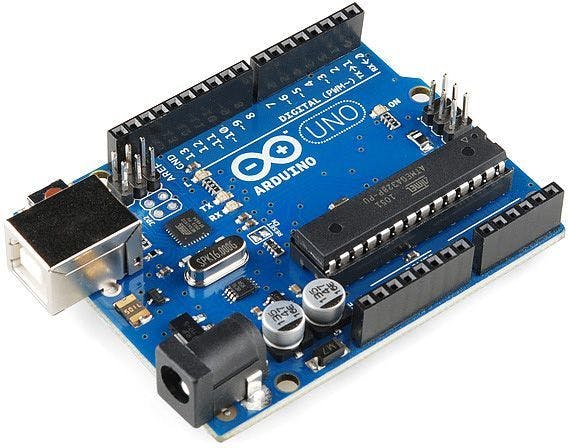
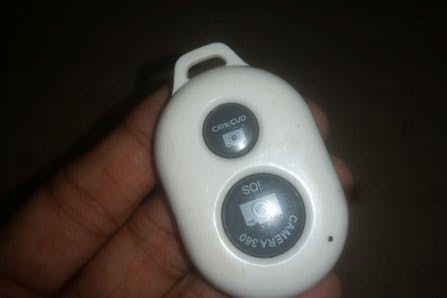

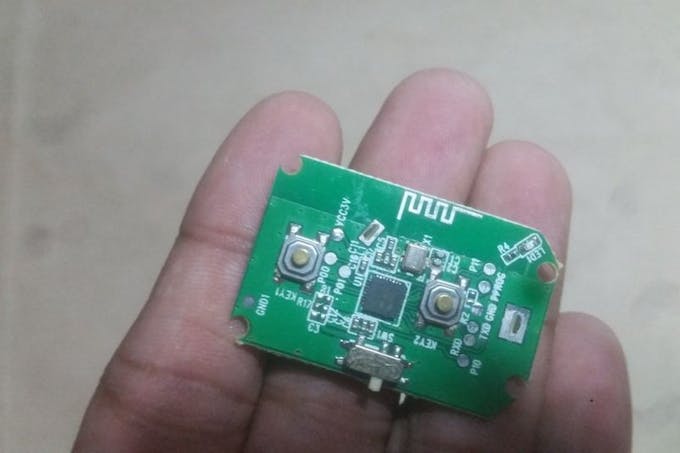

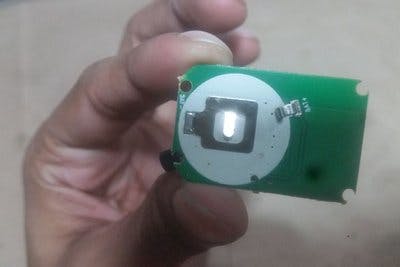
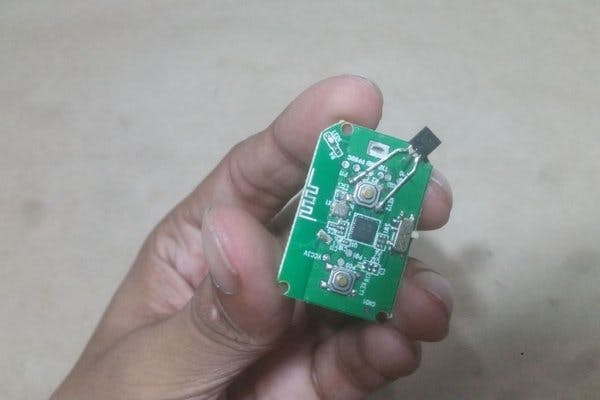
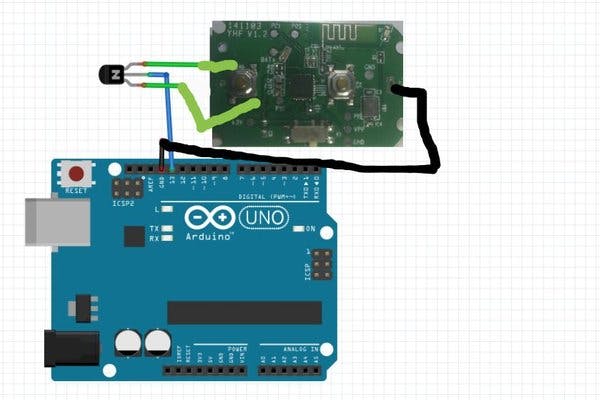

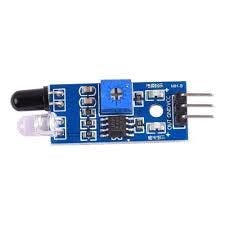
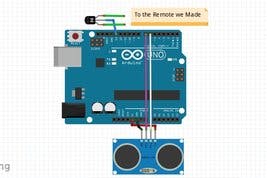
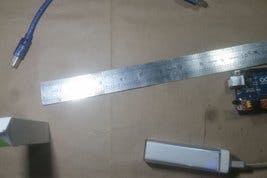
anti theft using pir sensor i want to interface this to the camera
ReplyDeleteJust make that pin high when PIR sensor is HIGH. As simple as that. You wont even need Arduino for that. PIR sensor can be used without Arduino too.
DeleteAshraf - can u help with the idea - Setting the PIR sensor directly to Base of transistor - how would you make the base of transistor high when PIR is high? without using Arduino.
ReplyDelete